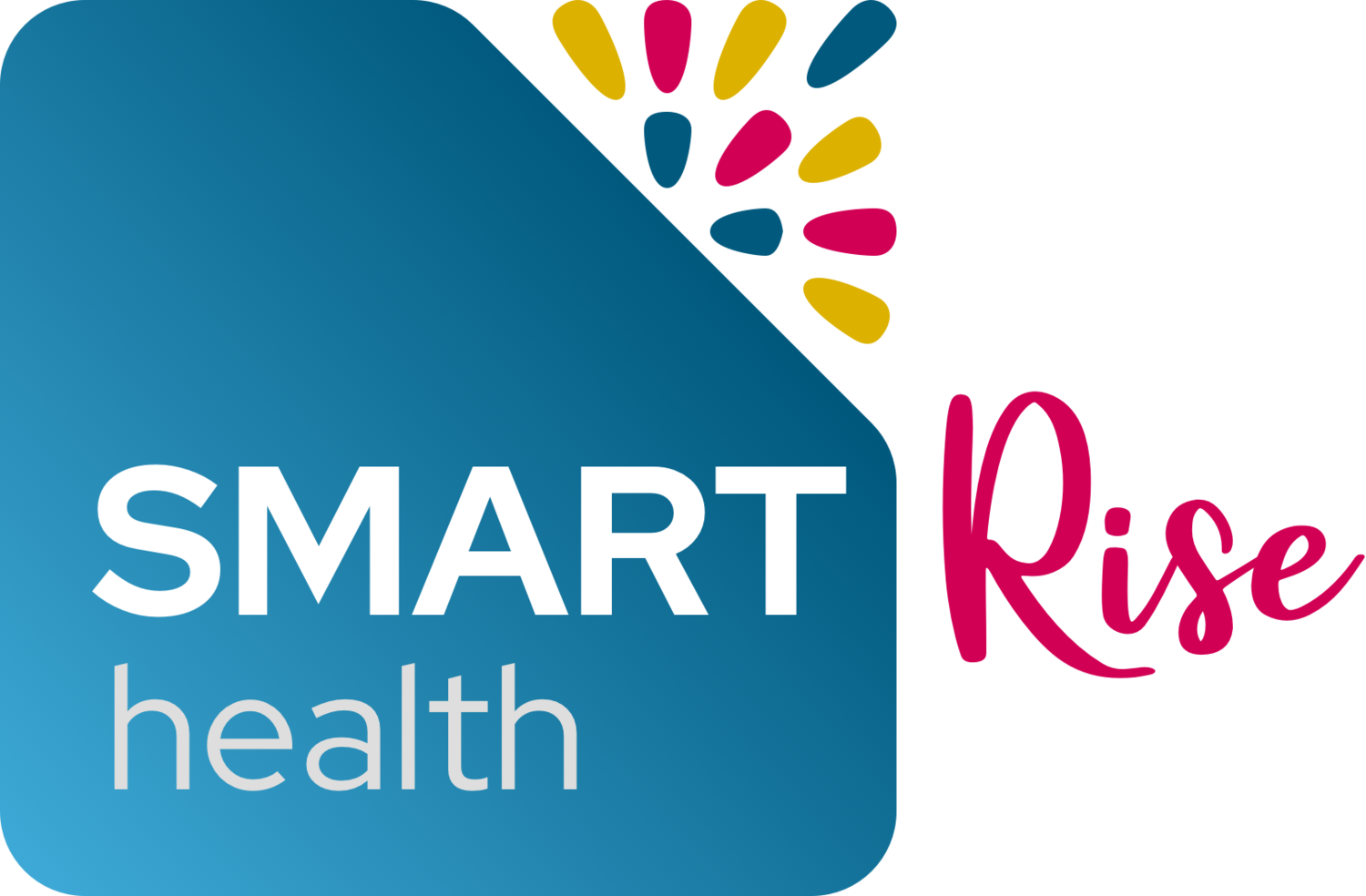Beyond Biometrics: Evolving Workplace Wellness Programs to Fit Employee Needs
The vast majority of large employers that offer health benefits (83% in 2021) have some version of a workplace wellness program to improve productivity, lower healthcare costs, attract top talent and improve employee retention, among other benefits.
But just as COVID-19 redefined what life looks like, now is the time to think beyond biometric screenings and the traditional one-size-fits-all workplace wellness approach. Employers need to evolve wellness programs into dynamic offerings that meet each employee where they are on their own multifaceted wellness journey.
Striving for Equity in Workplace Wellness
Even though many large employers offer a wellness program to their employees, the program doesn’t always resonate with the employees who may benefit from it the most. A 2019 study found that employees who participated in the programs already had lower medical spending and healthier behaviors than their nonparticipating colleagues in the year leading up to enrolling in the program.
That self-selection problem is happening in part because many wellness programs offered today were built with equality in mind, instead of on diversity, equity and inclusion (DEI) principles.
For instance, an employee wellness offering that includes an on-site gym isn’t equitably accessible to employees who work remotely. A walking challenge designed to get people active may lack participation because people don’t have a safe place to walk. Or a nutrition program may fall flat because recipes weren’t built with cultural preferences in mind.
A wellness program that can truly meet employees where they are will address the main dimensions of whole-person wellness and be built on a foundation of equity, not equality.
The six main dimensions of whole-person wellness are:
Purpose
Physical
Emotional
Social
Occupational
Financial
To gauge employees’ needs in these six distinct areas, employers should bring representative voices to the table to inform the choices being made, with a particular focus on specific subpopulations of employees that may be underutilizing wellness benefits.
Employee resource groups (ERGs) can be a valuable resource for this exercise. ERGs are built to address the needs of employees in typically underrepresented groups that employers will want to hear from when retooling their wellness programs.
When organizations approach wellness programs with a whole-person mindset and build them on a foundation of diversity, equity and inclusion, they can truly meet each employee where they are in their wellbeing journey and grow the positive impact of both wellness and DEI initiatives, together.
Stay tuned for a series of articles where we’ll share equity issues that appear in each of the dimensions of whole-person care — and how employers can address them.

